10 Tips To Improve Flexibility as You Age, According to Experts
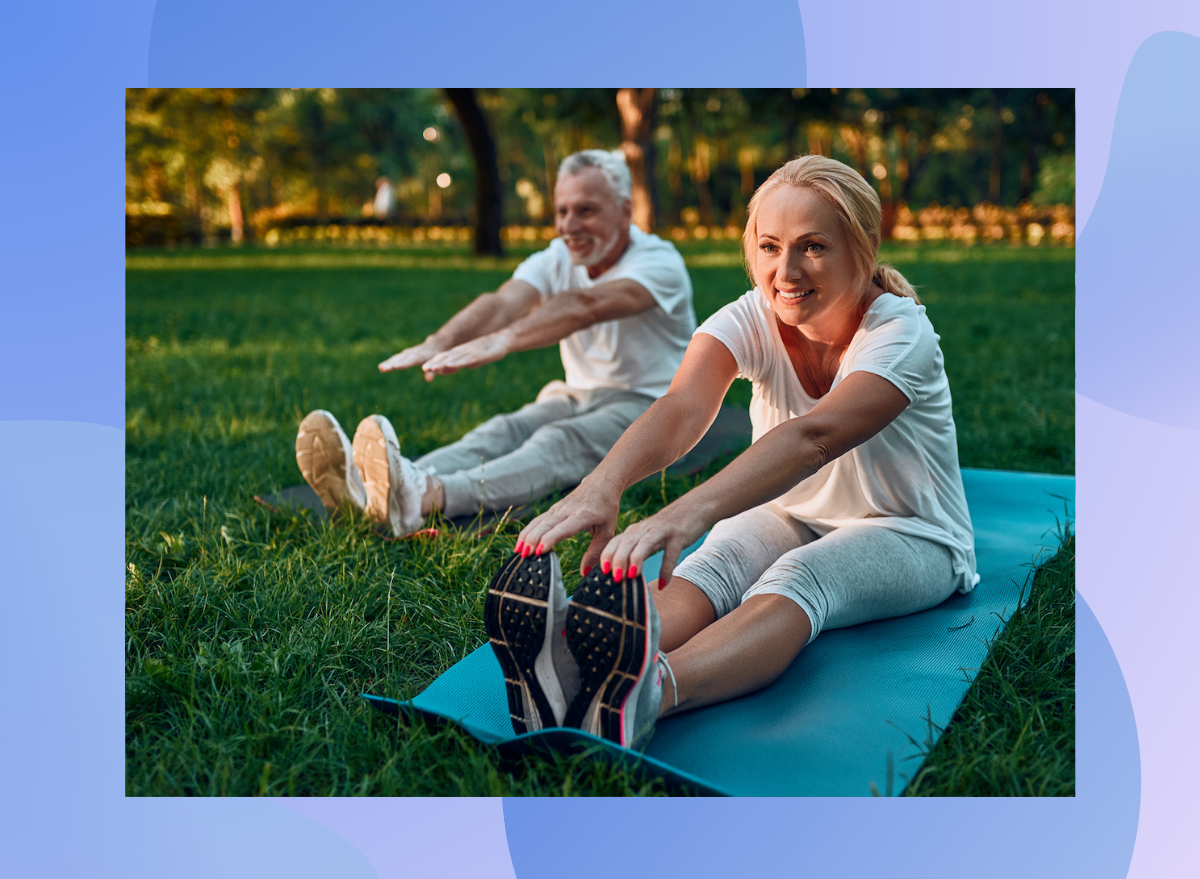
As you age, maintaining and improving flexibility becomes increasingly important for healthy aging. Flexible muscles and joints can help prevent injury, improve posture, and enhance mobility, making daily activities easier and more comfortable. Without adequate flexibility, muscles can become tight and stiff, leading to aches, pains, and limited range of motion. But with so much conflicting information online, figuring out how to become more flexible can be overwhelming and prevent you from getting started. Fortunately, we’ve got you covered. We spoke with certified personal trainers who share expert insights and tips to improve flexibility as you age.
A key benefit of maintaining flexibility as you age is a better quality of life. According to a 2022 study, flexibility allows you to move freely and without pain. It can significantly improve your day-to-day activities, allowing you to stay active and independent as you grow older. Flexibility also plays a crucial role in preventing falls and improving posture, which can be a significant concern for older adults.
Beyond its physical benefits, maintaining flexibility can also boost your mental well-being. Research suggests regular stretching and flexibility activities like yoga can help reduce stress and anxiety, enhance mood, and improve emotional regulation.
Regardless of your fitness level, incorporating the following expert tips into your daily routine can help you become more flexible and add more healthy years to your life.
Read on for our 10 best tips to improve flexibility as you age, then check out A 63-Year-Old Yoga Instructor’s Top 3 Moves for Better Mobility.
Be patient and persistent.
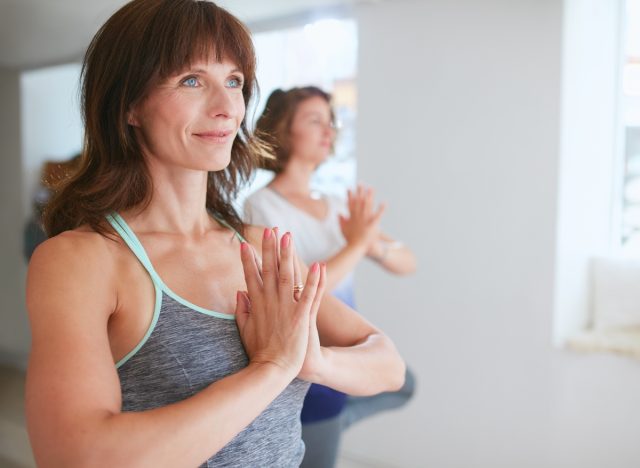
Like any other health and fitness goal, consistency is vital when it comes to improving your flexibility.
Kyrie Furr, CPT, a certified personal trainer and performance coach with Barbend, tells Eat This, Not That!, “Improving flexibility is a gradual process that requires consistent effort and patience. Staying committed to your stretching routine, celebrating your progress, and being kind to yourself if you encounter setbacks will be important. It will take time, but with dedication, you can significantly improve flexibility and mobility.”
Stay hydrated.

Hydration is crucial for maintaining flexibility, as it helps keep your muscles and connective tissues supple. Make sure to drink plenty of water throughout the day—especially before and after stretching.
“When your body is dehydrated, muscle tightness can occur,” cautions Nadia Murdock, CPT, a certified personal trainer at Garage Gym Reviews. “Drinking enough water helps to keep your joints lubricated and support your stretching journey. It’s vital for improving both movement and flexibility.”
Know your body.
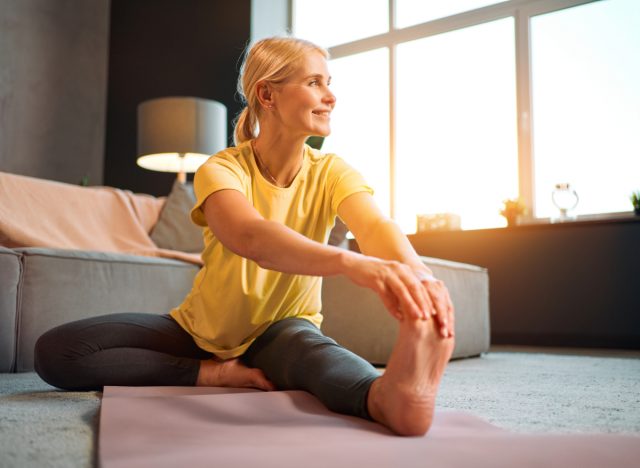
Pay close attention to how your body feels while stretching, and avoid pushing yourself too hard to prevent injury or straining yourself. This approach will allow you to work on improving your flexibility daily.
“First and foremost, you will want to understand what areas of your body are tight or need improvement. For overall health, working on the whole body would be beneficial, but you might want to start with the areas that are giving you the most issues,” says Furr.
Monitor your progress.

To help you stay motivated and on track, keep a journal or use a tracking app to note your flexibility levels and any changes you notice over time.
“Being mindful of what you have accomplished in your stretching journey will keep you motivated to keep going,” says Murdock. “Keep a journal or make a note on your phone to be mindful of what steps you are taking to maintain your flexibility and where you can make some adjustments.”
Include active stretching.
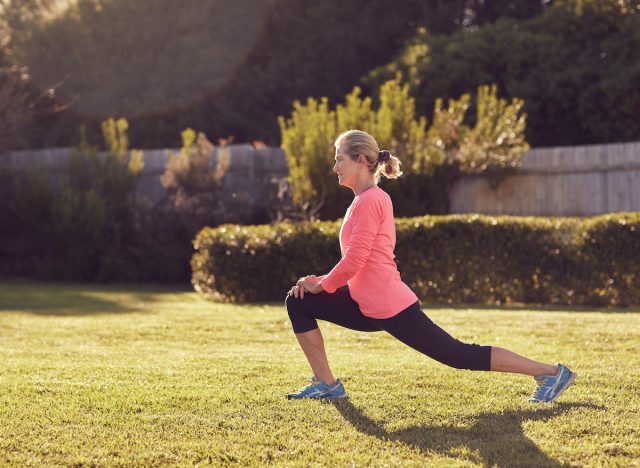
“Improving flexibility does not mean just static stretching,” Furr explains. “It’s important to work a joint’s full range of motion to improve its flexibility. Examples of active stretching include leg swings or arm circles.”
In addition to improving flexibility, a 2021 study found that active stretching can boost muscular strength and increase balance, two other essential components of healthy aging.
Don’t compare yourself to others.
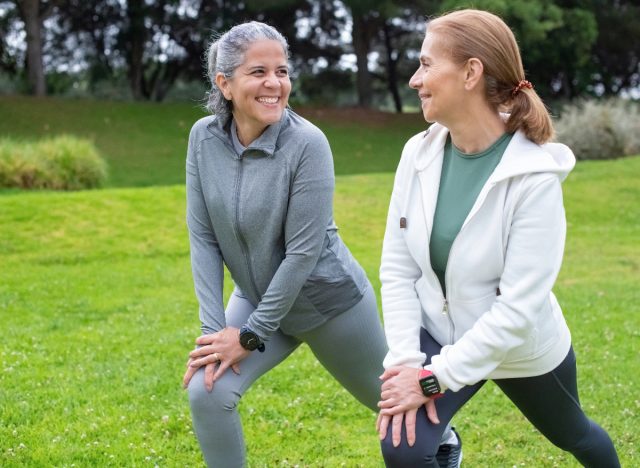
No two bodies are the same, so it’s crucial not to compare your level of flexibility to others. Comparing yourself to others can lead to frustration and discouragement, so stay focused on your journey.
Murdock tells us, “Comparing yourself to others or even a younger version of yourself will only deter you from moving forward. Be proud of yourself each day and know that you are working toward your personal goals.”
Try different types of stretching.
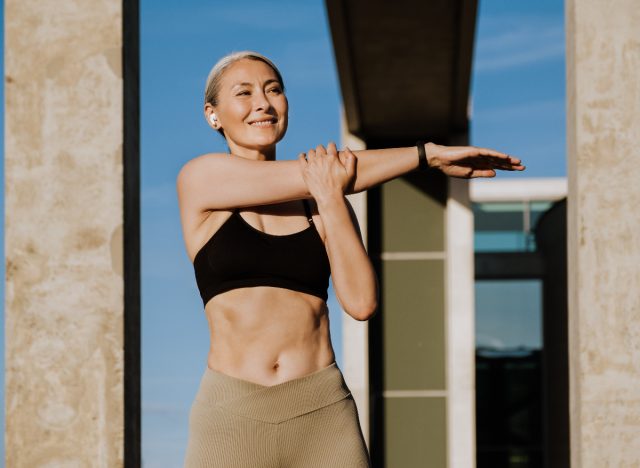
Experiment with different stretching techniques to find what works best for you.
“Stretching is not a one-size-fits-all activity,” says Furr. “Explore various techniques beyond traditional static stretching, such as dynamic, active, ballistic, proprioceptive neuromuscular facilitation (PNF), and isometric stretching. Each method offers unique benefits and can help enhance flexibility in different ways. Figure out what works best for you and keeps you engaged and motivated.”
Get outside your comfort zone.
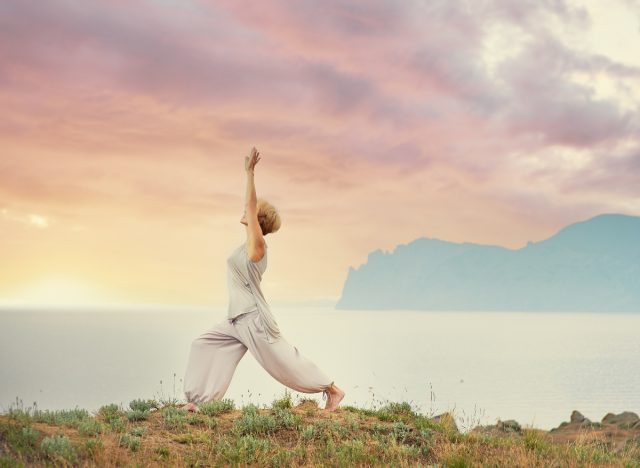
To noticeably improve your flexibility, you must push yourself out of your comfort zone. That means allowing yourself to stretch wherever and whenever it’s needed.
“Stretching doesn’t have to be done in the gym. Getting creative with where you stretch will help you squeeze it in at all parts of the day. For example, consider stretching in bed, at your office desk, or even in the car,” says Murdock.
Listen to your body.
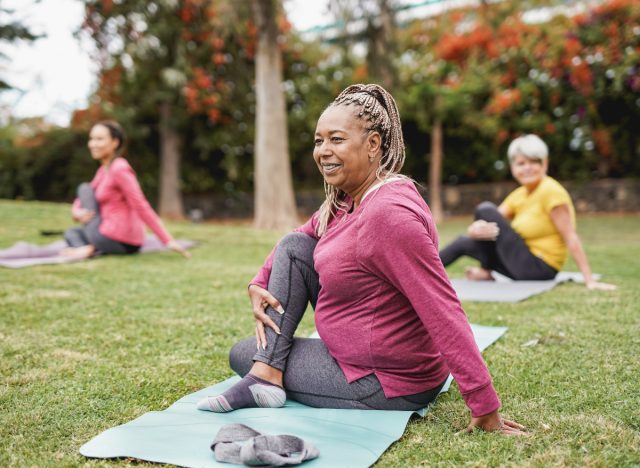
Flexibility-boosting activities like yoga, Tai Chi, or stretching should feel good and relaxing, not painful. If you experience any pain, back off and reassess your technique.
“You want to stretch to the point of mild discomfort or tension, but never to the point of overstretching,” advises Furr. “Stretching is beneficial for anyone, but overstretching can lead to various issues, including muscle strains, injury, and possible joint instability.”
Invest in professional guidance.
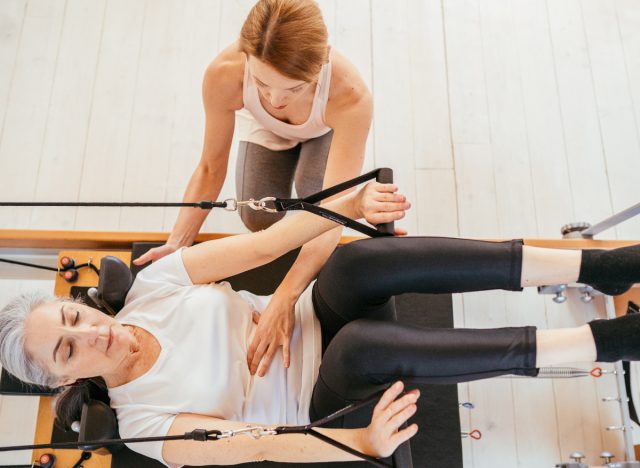
“Assisted stretching is a great way to increase your range of motion safely,” states Murdock.
Consider working with a personal trainer, physical therapist, or yoga instructor to develop a safe and effective flexibility program. They’re best suited to provide guidance on proper technique and help you progress safely—especially if you’re new to stretching.
- Source: Acute and Chronic Effects of Supervised Flexibility Training in Older Adults: A Comparison of Two Different Conditioning Programs
- Source: ‘It stretches your body but makes you feel good too’: A qualitative study exploring young people’s perceptions and experiences of yoga
- Source: The Addition of Active Stretching to Balance Strategy Exercise is the Most Effective as a Home-Based Exercise Program in Improving the Balance of the Elderly









